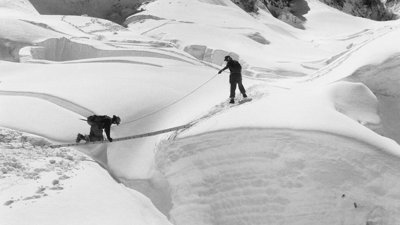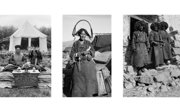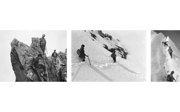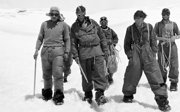In the 1920s, the Himalaya were one of the most inaccessible places on Earth and little was known about Everest. The North and South Poles were both successfully reached before any European lay a foot near the mountain.
As the Mount Everest Committee, the Society and the Alpine Club in London worked together from 1919 to plan nine successive co-organised expeditions. The Society is internationally renowned for its iconic collection of photographs documenting Everest.
Our platinum prints
Dramatic images in our collection capture the invaluable contributions of Indigenous Himalayans and the extraordinary stories of human endeavour and challenge to reach the summit, from the first reconnaissance expedition in 1921, to the 1924 climb by George Mallory and Sandy Irvine, to the successful summit by Tenzing Norgay and Edmund Hillary in May 1953.
Today, our collection provides a remarkable source of archive and visual material for research purposes.

The Society has worked for over five years with master print-maker Georges Charlier and his team from Salto-Ulbeek in Belgium to curate a range of limited-edition platinum prints, created from the fragile original transparencies and negatives held in our Mount Everest photographic collection.
The negatives were scanned by hand using the latest equipment and techniques to create the highest resolution digital negatives. These prints are the first made of these images using the rare platinum process. As a legacy, the digitisation of these unique negatives protects them for future generations.
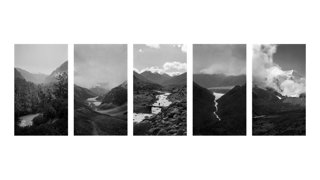
In recent years, the Society has funded and supported a variety of projects, exhibitions and books which have sought to emphasise the vital role of high-altitude labour, Sherpa climbers and Indigenous interpreters in the successive attempts to reach the summit.
If you're interested in buying one of our platinum prints, please email us at images@rgs.org for more information and purchasing details.
